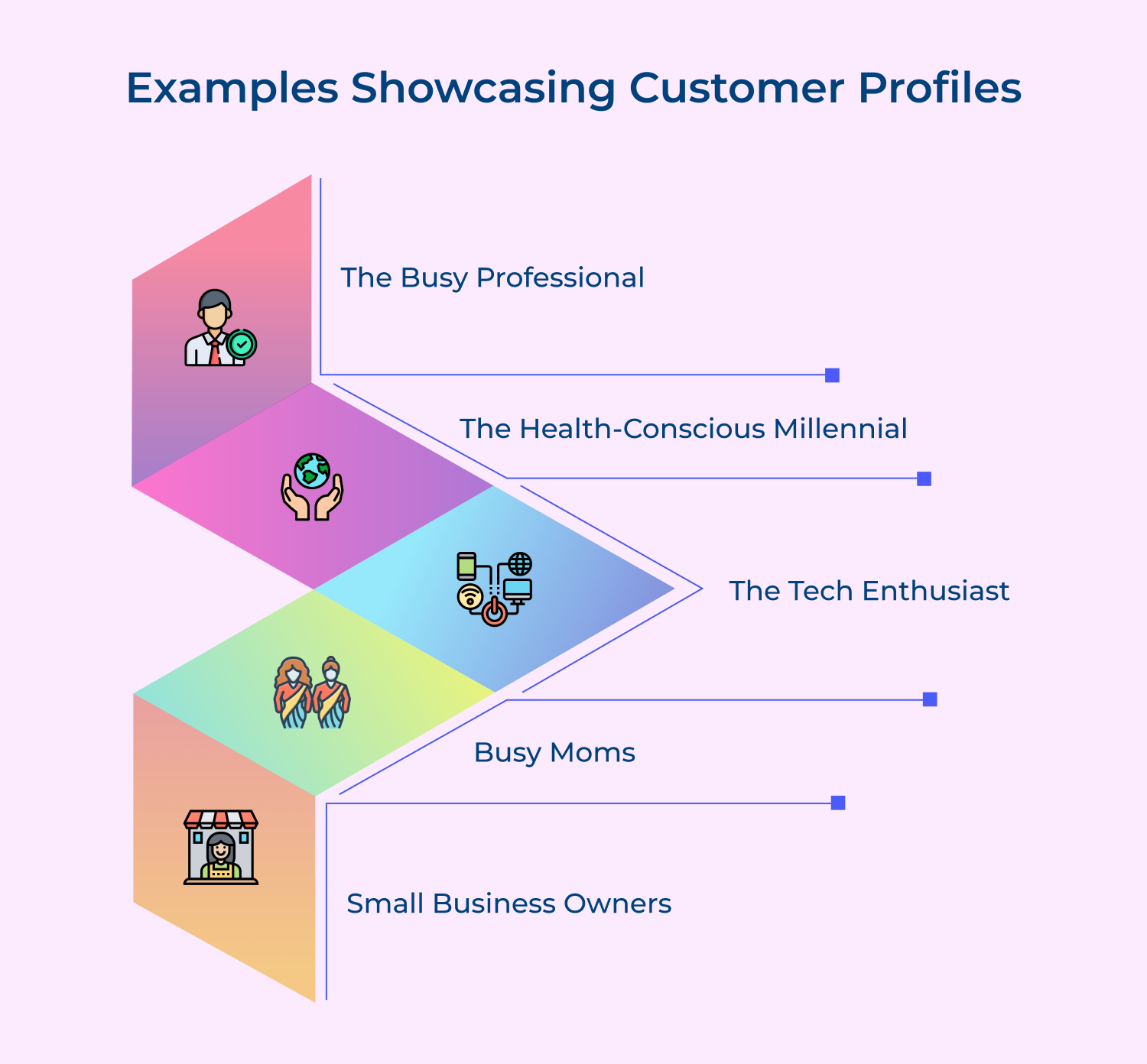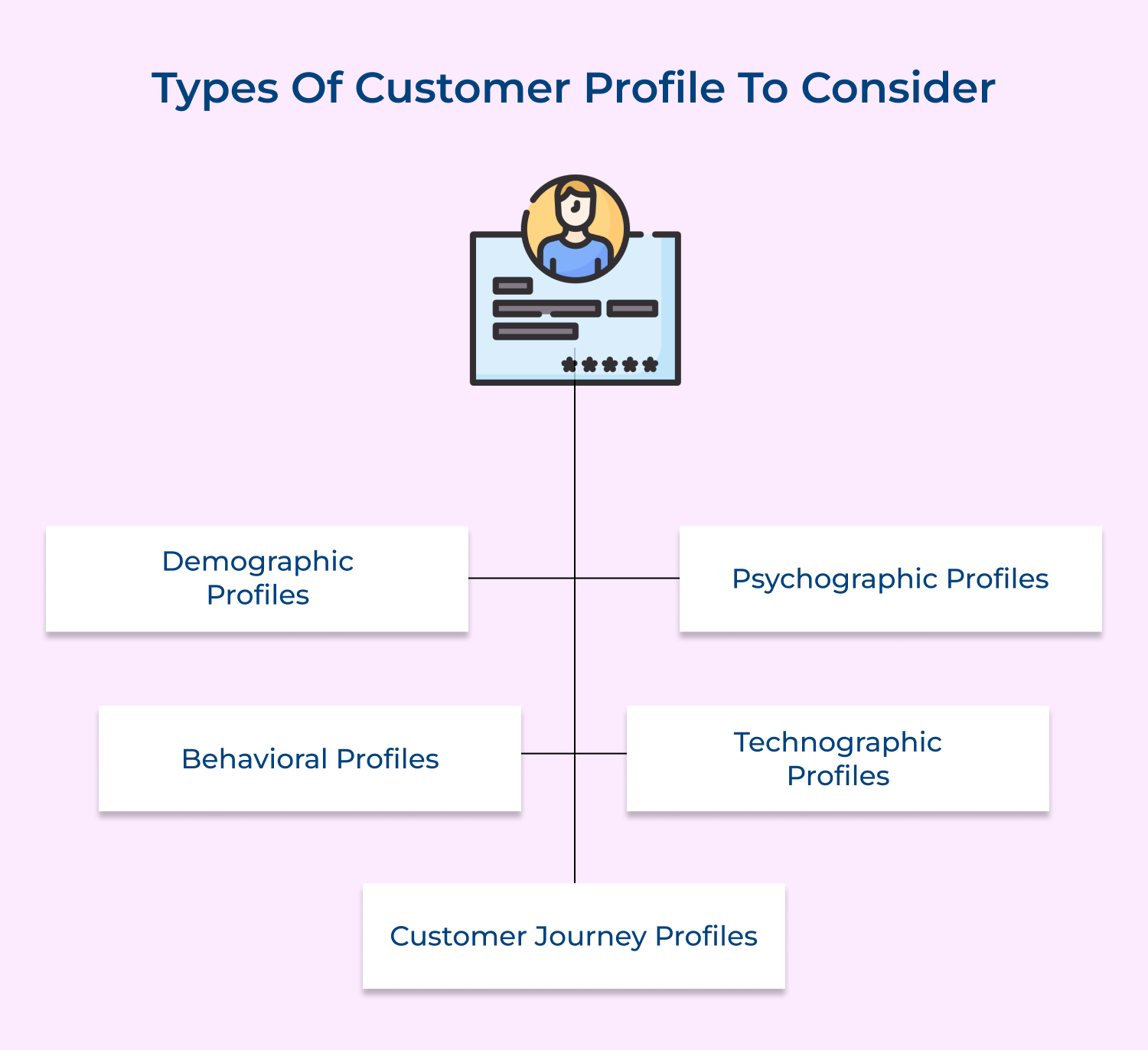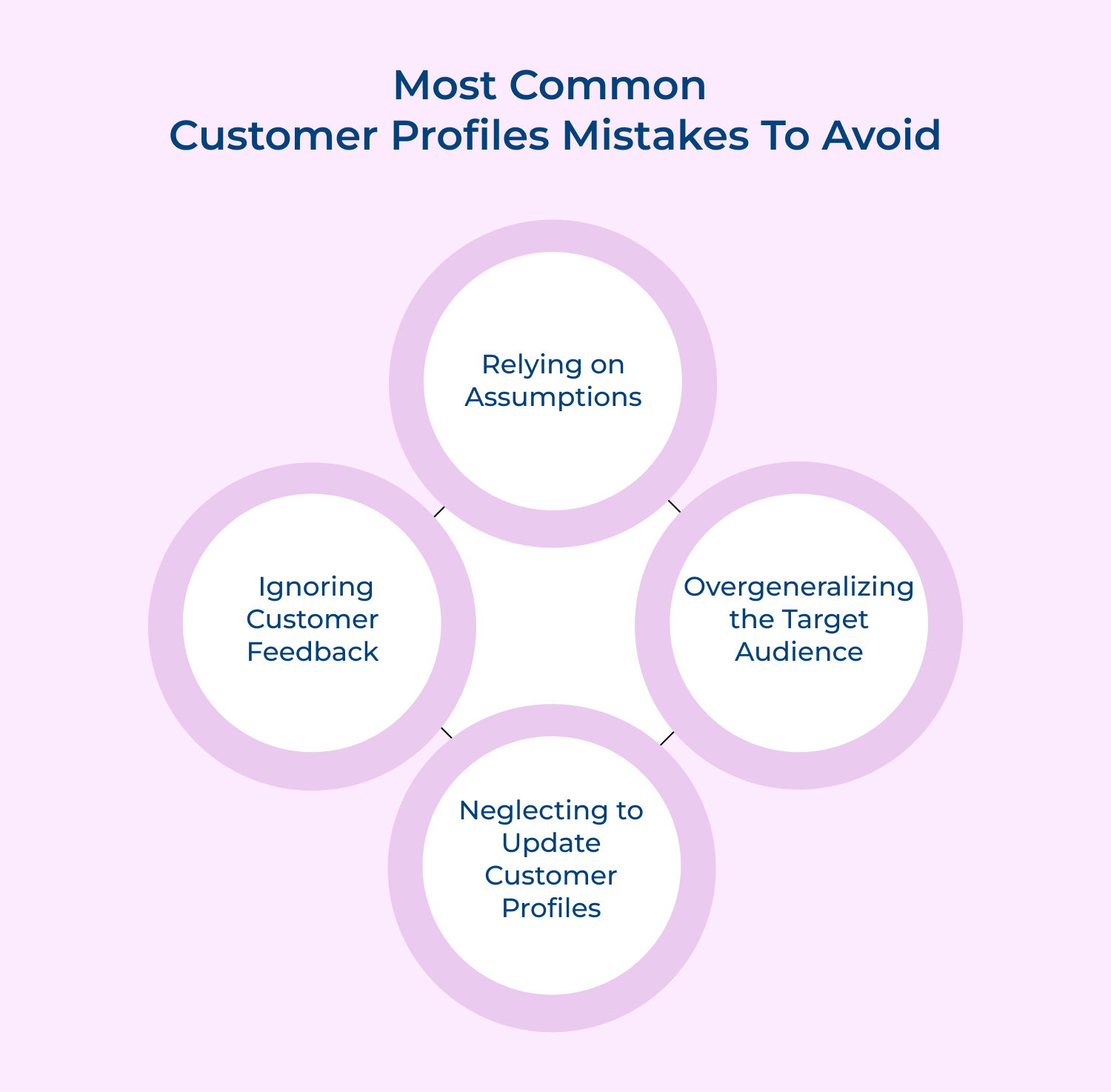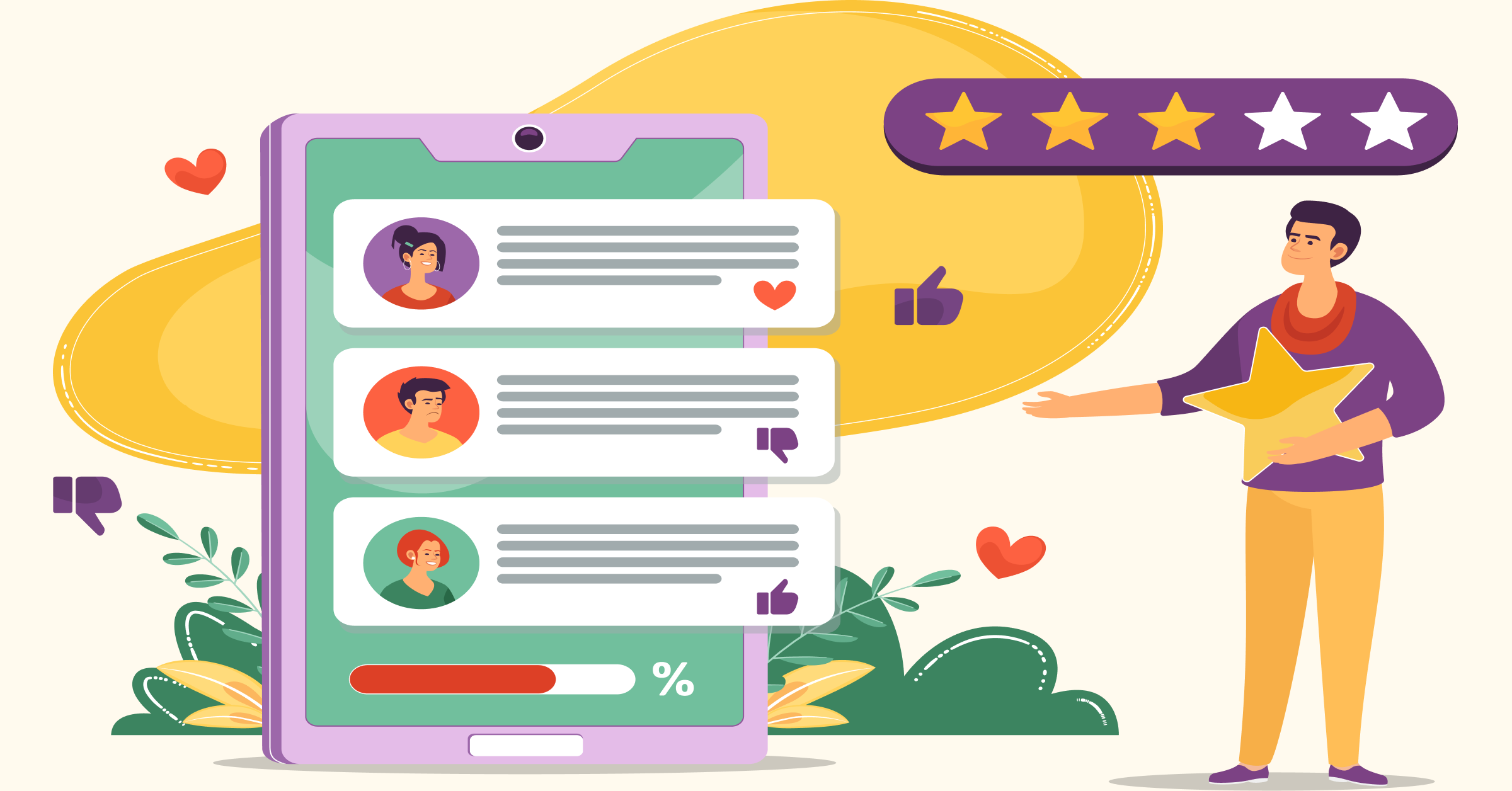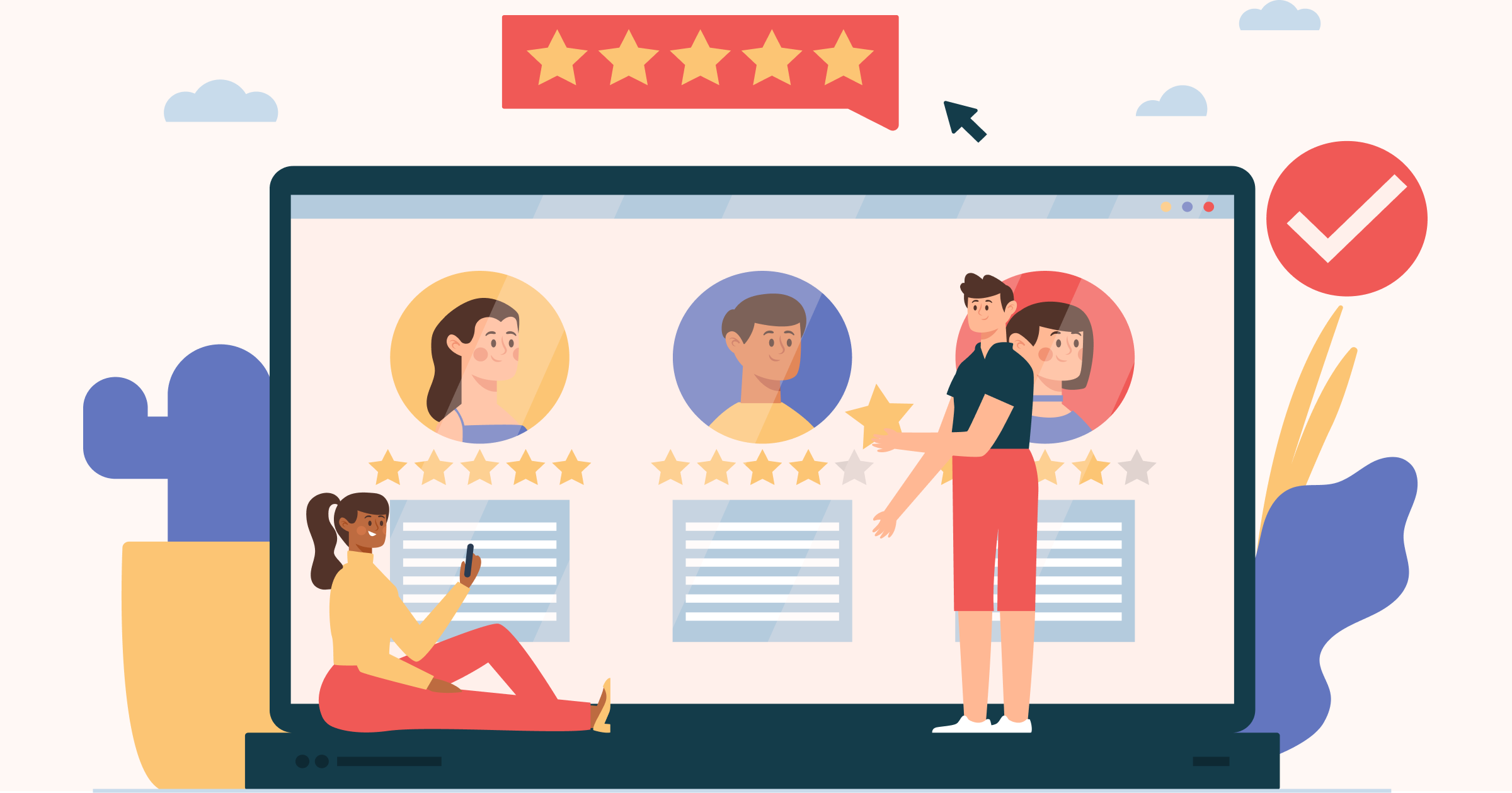Here are some benefits of customer profiling:
1. Personalized Communication to Enhance Customer experience
Customer profiling allows you to create more personalized and targeted communication with your customers. By understanding their preferences and interests, you can deliver relevant content as well as offers that resonate with them. The personalized communication not only improves customer experience but also enhances brand loyalty and engagement.
2. Targeted Marketing Campaigns
Customer profiling allows you to identify specific customer segments that are most likely to be interested in your products or services. The information can be then used to create targeted marketing campaigns that resonate with each segment’s unique characteristics and preferences. The targeted approach saves time and resources by focusing your efforts where they are most likely to yield results.
3. Improved Product Development
Understanding your customer’s needs and preferences is vital for developing successful products. Customer profiling provides valuable insights into what drives purchase decisions, helping you identify gaps in the market and develop offerings that meet specific customer demands. It leads to higher customer satisfaction as well as increased sales.
4. Data-Driven Decision Making from customer insights
Customer profiling provides you with actionable data and insights that drive informed decision-making. By analyzing customer demographic information, purchasing patterns, and behaviors, you make data-driven decisions regarding pricing, product positioning as well as promotional activities. It minimizes guesswork and maximizes the effectiveness of your marketing efforts.
5. Efficient Lead Generation
Customer profiling helps you identify and focus on high-value leads that are more likely to convert. Analyze your existing customer base to figure out the characteristics and behaviors exhibited by your most valuable customers. The knowledge allows you to target similar prospects and allocate your resources more efficiently, resulting in higher conversion rates as well as increased ROI.
6. Enhanced Marketing Strategies
Profiling guides the development of comprehensive marketing strategies that align with your target audience. Learn their preferences, pain points and motivations to create messaging that resonates, choose the most effective marketing channels while also optimizing your marketing mix. It leads to more impactful and successful marketing campaigns.
7. Efficient Resource Allocation
Customer profiling helps you optimize your allocation of resources by focusing on customer segments that provide the greatest return on investment. Identify the most profitable customer profiles and allocate resources such as marketing budgets, time, manpower, etc. where they will have the most impact. It ensures that your efforts are directed strategically and efficiently.
Steps By Step Guide to Create Customer Profile
Creating a customer profile is an essential step in developing a successful marketing strategy. If you’re unsure where to start, here are some steps to help you create a customer profile:




